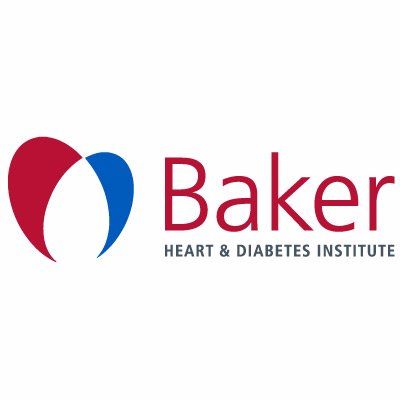Monoclonal antibodies (MAbs) were produced by fusing SP2/0 myeloma cells with spleen cells of BALB/c mice that were immunized with live whole cells of the four most prevalent Leptospira serovars--namely, autumnalis, australis, grippotyphosa, and icterohaemorrhagiae. A total of 26 MAbs (10 autumnalis, 5 australis, 4 grippotyphosa, and 7 icterohaemorrhagiae) were produced that showed specific, restricted, or broad cross-reactivity when tested with 19 standard pathogenic and 3 standard saprophytic serovars by MAT and dot-ELISA. Monoclonal antibodies like AT4 and AT5 against serovar autumnalis; AS1 and AS2 against serovar australis; GR1, GR3, and GR4 raised against serovar grippotyphosa; and also the MAbs IC3 to IC7 against serovar icterohaemorrhagiae were all usable as typing reagents in a rapid dot-ELISA. Selected MAbs were subsequently utilized in a rapid sandwich dot-ELISA for identification of Leptospira serovars as well as for antigen detection in experimentally infected mice and guinea pigs. Results of rapid sandwich dot-ELISA were compared with dark field microscopy, culture, and PCR in experimentally infected animals and sandwich dot-ELISA detected the presence of Leptospira antigen during the bacteremia stage in all experimental animals. Besides detecting antigens in animals infected with homologous serovars, the sandwich dot-ELISA employing pooled capture and revealing antibodies also detected Leptospira in the group of animals infected separately with the serovars australis and icterohaemorrhagiae. Results showed PCR to be a reliable and rapid test for demonstration of Leptospira in the plasma samples. The rapid sandwich dot-ELISA appeared more advantageous over PCR in being simple, rapid, field based, and economical. This method shows better promise of being used as a bedside test for routine diagnostic purposes.







